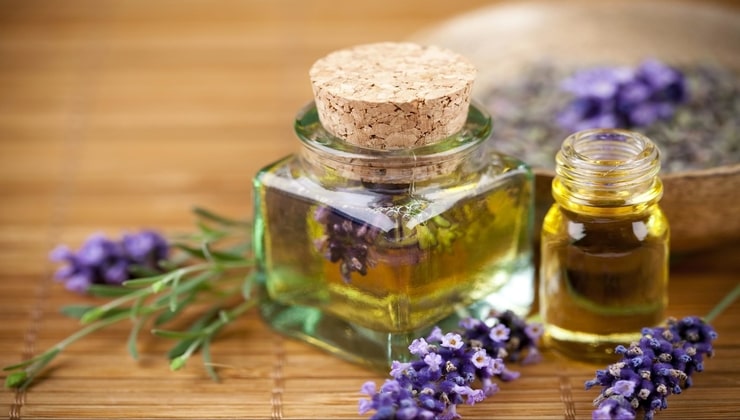Due to their composition, essential oils have a lower density than water and will naturally sit on top of aromatic water.
The latter is formed when the vapor returns to its liquid state, scattering micro droplets of essential oil that create the unique aroma of the plant being distilled.
Separating the two fluids is simple using a basic separating funnel since they are immiscible.
The products of distillation are the pure essential oil and the aromatic water also called hydrosol .
Far from being simple waste, aromatic water is a valuable by-product of distillation.
This versatile liquid can be used for a variety of purposes, from iron water to facial toner and even as a powerful antiseptic for plants.

Keep in mind that freshly distilled essential oils may not always be fragrant as they must undergo a maturation period , which typically lasts several weeks.
During this period it is essential to let the oil rest to reach its ideal aroma .
How to store essential oils
Due to their delicate nature, essential oils must be handled with great care, as they are vulnerable to rancidity and deterioration which can lead to the loss of their natural fragrance and even the development of harmful substances.
To preserve their integrity it is essential to store them in dark glass containers , protected from direct exposure to light and heat.
Essential oils are concentrated and contain active molecules , some of which can have toxic effects.
For this reason, they should be used sparingly, in drops, seeking expert advice to avoid potential harm.
